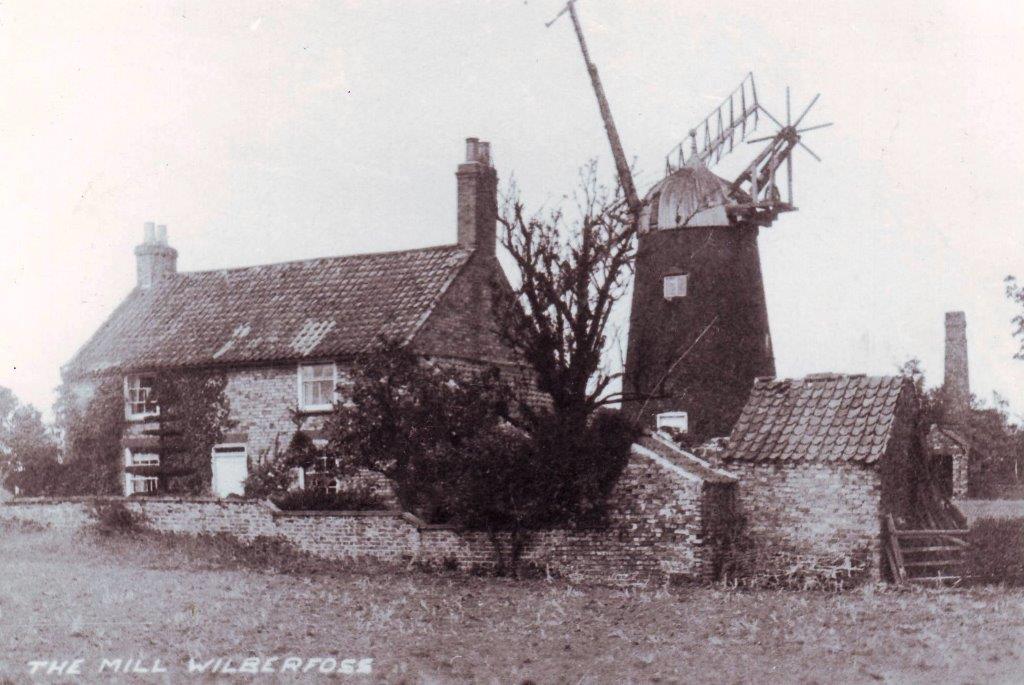About Wilberfoss
A thriving East Yorkshire village on the edge of the Yorkshire Wolds
Wilberfoss Today
There are around 850 households in the village as well as a pub, a sports pavilion, a general store/Post Office, a butcher, a children's private day nursery, a garden centre, a Community Centre and a village school for pupils up to 11 years old. There are also a number of small to medium sized businesses that are thriving in the Parish.

The Parish


Wilberfoss Village
A typical Wolds village until the mid 20th century, Wilberfoss had a windmill which stood on the hill at the western end of the village until the 1970's and a brickyard, with 75% of the population engaged in agriculture or husbandry. The Main Street was the road from York to Hull until the A1079 bypass was built in 1963 and the Village Hall was replaced by the Lottery funded Community Centre in 1999.
In 1823 inhabitants in the village numbered 335. Occupations included fifteen farmers, some of whom were land owners, three shopkeepers, two wheelwrights, two blacksmiths, a butcher, a bricklayer, a corn miller, a baker, a tailor, a wholesale brewer, and the landlords of the True Briton, Horse Shoes, and Waggon and Horses public houses.
According to the 2011 UK census, Wilberfoss parish had a population of 1,866, an increase on the 2001 UK census figure of 1,855.
The History of Wilberfoss

Wilberfoss Village
Lying in close proximity to two Roman roads, one to the east of the village and one to the south, now under the A1079, Wilberfoss was first mentioned in an early charter c1150AD as Wilburgfos indicating that it was probably an Anglian settlement. Evidence has been found of Roman occupation and Viking artefacts found show a possible involvement in the Battle of Stamford Bridge in 1066. Wilberfoss is not mentioned in Domesday as it was part of the Catton Estates. Prior to 1174 Ilgerus de Eggleton of Durham held the Manor of Wilberfosse. He assumed the title of ILgerus de Wilberfosse and was the forefather of the Wilberfoss family whose descendants included William Wilberforce the famous Slave Emancipator. William's branch of the family moved away from the area and changed the spelling of their surname. The Wilberfoss family home was the Manor House which stood on the site of the Benedictine Nunnery on the north side of St. John the Baptist Church which is 12th century. The Nunnery stood for 400 years until the Reformation. The Manor House was demolished in 1948 after standing derelict for some time.
Site Map
Other Useful Links
- Connect to Support East Riding
- Cheaper Heating Oil, Gas & Electricity
- Find Local Post Offices
- Local Links
- Roadworks
- NHS Urgent Treatment Guide
- Drone laws in the UK
- Find your local Job Centre
- Humberside Police Community Alerts
- Find your nearest Register Office
- Claiming Universal Credit
- Find my nearest pharmacy
- Move Mates - a walking buddy project
Parish Newsletter
The cost of the monthly Parish Newsletter is now covered by the Precept. This offers more publication space for village life and events. If you have something to say contact the Editorial Team . They're waiting to hear from you!
Find the latest Newsletter by navigating to the dedicated page on this site.
Telephone | WhatsApp +44 7494 567851
Email |
clerk@wilberfossparish.org.uk
Parish Council
WhatsApp Channel
2023 Copyright © All Rights Reserved